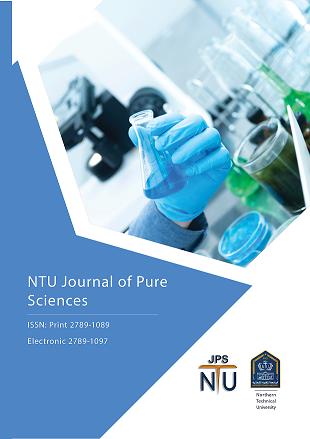Comparative Analysis of the MDORA and AODV Routing Protocols for Vehicles Operating at Constant and Variable Speeds
DOI:
https://doi.org/10.56286/r39bst03Keywords:
MDORA, AODV, VANET, Routing Protocols, VehiclesAbstract
The primary focuses of investigation have been and continue to be strategies for traffic management at intersections and measures to enhance road safety. An essential remedy for this issue is a Vehicular Ad-hoc Network (VANET). At VANET, a variety of protocols are used to route communications between vehicles. At this research, we utilize the Multipath Dynamic Optimized Routing Algorithm (MDORA), which is an acronym for position-based maximum distance on-demand routing. By choosing the vehicle closest to the destination vehicle, this protocol has the advantage of choosing the next best jumping path, which lowers the number of hops. In two scenarios—vehicle travel at a dynamic speed and constant speed—this paper compares the MDORA and AODV protocols. three standards: Factors including the time spent on communication, the pace at which packets are delivered, and the time it takes for information to travel from one end to another, were used to assess how well the two protocols performed. Finally, a comparison of the number of missed packets between the MDORA and AODV protocols was done for moving vehicles at constant and dynamic speeds, The MDORA protocol can identify the optimal route even when cars are moving at varying speeds, resulting in minimal packet loss.
Downloads
Downloads
Published
Issue
Section
License
Copyright (c) 2024 NTU Journal of Pure Sciences

This work is licensed under a Creative Commons Attribution 4.0 International License.
The journal applies the license of CC BY (a Creative Commons Attribution 4.0 International license). This license allows authors to keep ownership of the copyright of their papers. But this license permits any user to download, print out, extract, reuse, archive, and distribute the article, so long as appropriate credit is given to the authors and the source of the work. The license ensures that the article will be available as widely as possible and that the article can be included in any scientific archive. Creative Commons License This work is licensed under a Creative Commons Attribution 4.0 International License.





